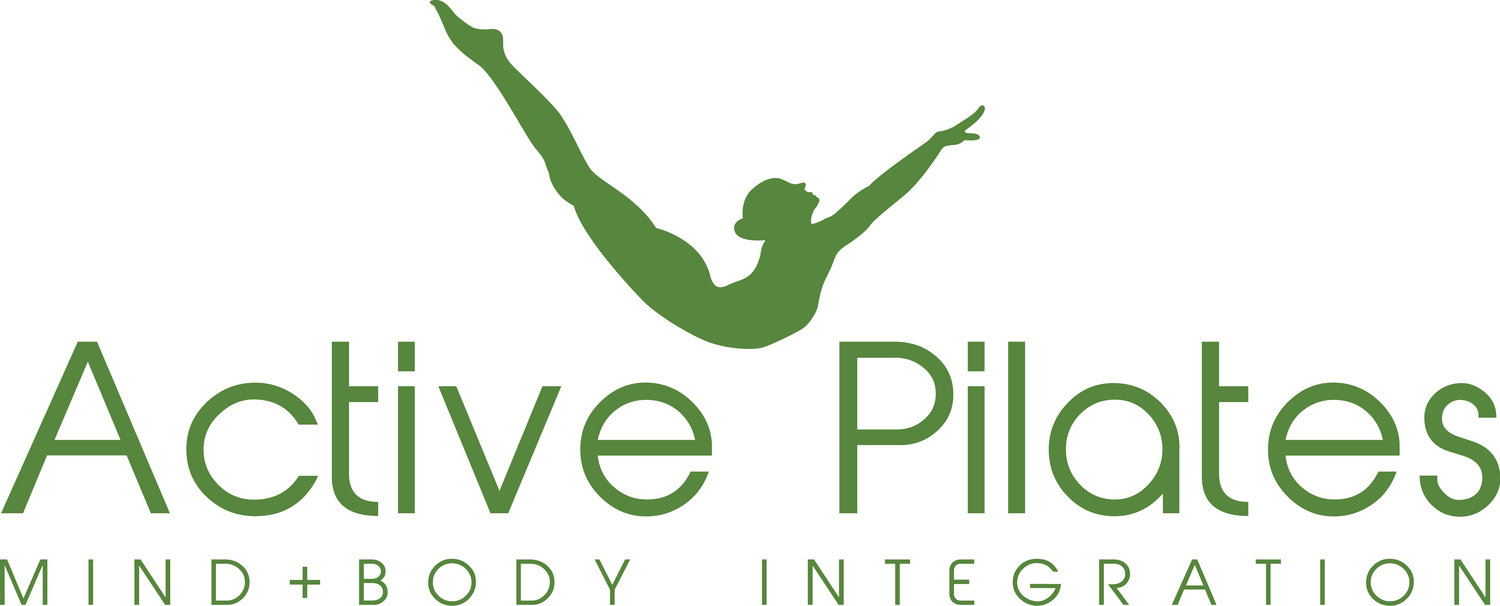Pilates tackles women’s health challenges and wellbeing
Why now is the time to tackle your health challenges and look after your wellbeing
What does ‘wellbeing’ mean to you?
We usually associate wellbeing with happiness and health. A feeling of optimism that makes life enjoyable. It can also be an absence of chronic pain and disease.
I was recently reading about an Australian study of women, from midlife (then aged 45-55 years) before the menopausal transition and into ageing. It’s a sister study of the Women’s Healthy Ageing Project which has run since the 90s. This 30-year study, alongside the Study of Women's Health Across the Nation, examined the best way for women to achieve lifetime health.
It will probably come as no surprise to you that exercise – moving your body regularly – is one of the keys to wellbeing and a healthy life.
It’s never too late to get healthy!
While we often find excuses not to take action, mid-life is the perfect time to tackle any resistance you have to exercise. Sure, it’s a time of change for our bodies and our lifestyle. But as many of us are living longer, it’s a good time to reassess our health and prepare for the years ahead.
Barring serious illness, we all need to embrace ‘movement’ - keeping our body strong and healthy as we age.
According to Professor Cassandra Szoeke, the director of the Women's Healthy Ageing Project at the University of Melbourne, women live about three years longer than men. Yet, they’re "almost four times more likely to have a severe disability or limitation than men, so we're living longer but not well."
Dementia is a real concern for many older women and has a huge impact on their wellbeing.
The good news is that by adopting a healthy lifestyle, at least by your mid-50s, you can do a lot to prevent a serious decline in your health.
Keep moving: activity for vitality
Finding time to exercise can be a challenge for many of us. After all, the job of caregiving is still largely a task left to women. This often leaves us with little ‘spare’ time to spend on looking after ourselves.
But remember, to look after others, it’s important that you look after yourself too.
In her recently released book, Secrets of Women’s Healthy Ageing, Dr Szoeke outlines important guidelines for how physical activity can support your wellbeing. She has these suggestions:
A daily, active routine is essential
Do something you like
Adjust your activity should things change
Add a bit more exercise to your normal day-to-day tasks.
How Pilates support your wellbeing
You’ve probably heard the saying “use it or lose it”.
Maintaining your strength, balance, stability, and flexibility throughout your life is a must for good health.
Pilates addresses many important aspects of your physical health and wellbeing.
A regular Pilates routine will support your body and give you the confidence to move through your day.
Pilates helps you build strong core strength so you can avoid chronic back pain, a common problem for people of all ages.
A big focus is on healthy joint movement. With many of us working in sedentary, desk-bound jobs, a lot of people are suffering from tight hip flexors, shortened hamstrings and weak glutes (which control your hip and lower leg positions). All this adds up to a lack of flexibility and ease of movement, causing those aches and pains we can do without.
Active Pilates tackles “mission impossible”: a focus on hips and gluteus
When it comes to addressing tightness and restriction in your hips and glutes, our approach is: stretch – release – strengthen.
Over the next month or so, we’ll be doing a lot of hip release and strengthening exercises.
Last week, we had our first class, and EVERYBODY loved it. Admittedly, they said it hurt a bit. But as they left the class, everyone was so happy and all asking for more of this kind of workout!
Get fit and flexible! Come and join us at Active Pilates. And if you have any questions, please get in touch.


